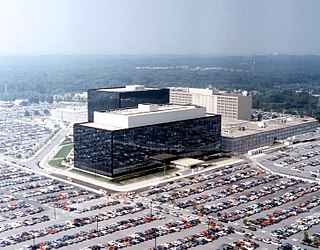
Fort George G. Meade is a United States Army installation located in Maryland, that includes the Defense Information School, the Defense Media Activity, the United States Army Field Band, and the headquarters of United States Cyber Command, the National Security Agency, the Defense Courier Service, Defense Information Systems Agency headquarters, and the U.S. Navy's Cryptologic Warfare Group Six. It is named for George G. Meade, a Union general from the U.S. Civil War, who served as commander of the Army of the Potomac. The fort's smaller census-designated place includes support facilities such as schools, housing, and the offices of the Military Intelligence Civilian Excepted Career Program (MICECP).

Fort Moore is a United States Army post near Columbus, Georgia, adjacent to the Alabama–Georgia border. Fort Moore supports more than 120,000 active-duty military, family members, reserve component soldiers, retirees and civilian employees on a daily basis. As a power projection platform, the post can deploy combat-ready forces by air, rail, and highway for their designated mission. Fort Moore is the home of the United States Army Maneuver Center of Excellence, the United States Army Armor School, United States Army Infantry School, the Western Hemisphere Institute for Security Cooperation, elements of the 75th Ranger Regiment, the 1st Security Force Assistance Brigade, and other tenant units.
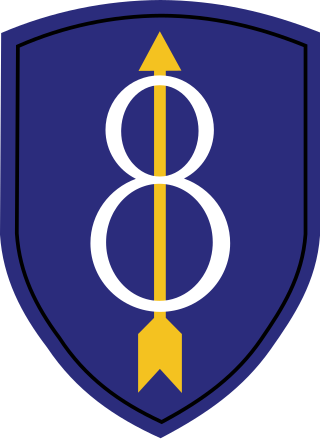
The 8th Infantry Division, ("Pathfinder") was an infantry division of the United States Army during the 20th century. The division served in World War I, World War II, and Operation Desert Storm. Initially activated in January 1918, the unit did not see combat during World War I and returned to the United States. Some units would serve in the American Expeditionary Force to Siberia. Activated again on 1 July 1940 as part of the build-up of military forces prior to the United States' entry into World War II, the division saw extensive action in the European Theatre of Operations. Following World War II, the division was moved to West Germany, where it remained stationed at the Rose Barracks in Bad Kreuznach until it was inactivated on 17 January 1992.

The 92nd Infantry Division was an African-American, later mixed, infantry division of the United States Army that served in World War I, World War II, and the Korean War. The military was racially segregated during the World Wars. The division was organized in October 1917, after the U.S. entry into World War I, at Camp Funston, Kansas, with African-American soldiers from all states. In 1918, before leaving for France, the American buffalo was selected as the divisional insignia due to the "Buffalo Soldiers" nickname, given to African-American cavalrymen in the 19th century. The divisional nickname, "Buffalo Soldiers Division", was inherited from the 366th Infantry, one of the first units organized in the division.

The 28th Infantry Division ("Keystone") is a unit of the Army National Guard and is the oldest division-sized unit in the Department of Defense. Some of the units of the division can trace their lineage to Benjamin Franklin's battalion, The Pennsylvania Associators (1747–1777). The division was officially established in 1879 and was later redesignated as the 28th Division in 1917, after the entry of America into the First World War. It is today part of the Pennsylvania Army National Guard, Maryland Army National Guard, Ohio Army National Guard, and New Jersey Army National Guard.
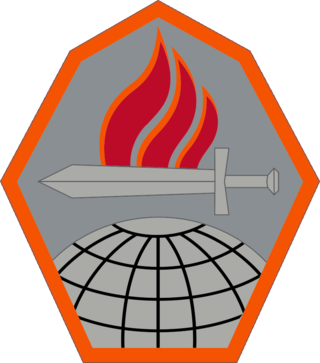
Fort Gordon, formerly known as Camp Gordon, is a United States Army installation established at its current location in October 1941. It is the current home of the United States Army Signal Corps, United States Army Cyber Command, and the Cyber Center of Excellence. It was once the home of The Provost Marshal General School and Civil Affairs School. The fort is located southwest of Augusta, Georgia. One of the major components of the installation is Advanced Individual Training for Signal Corps military occupational specialties. Signals Intelligence has become more visible and comprises more and more of the fort's duties. The installation was recommended for renaming to Fort Eisenhower by The Naming Commission. On 5 January 2023 William A. LaPlante, US under-secretary of defense for acquisition and sustainment directed the full implementation of the recommendations of the Naming Commission, DoD-wide. The redesignation will occur 27 October 2023.
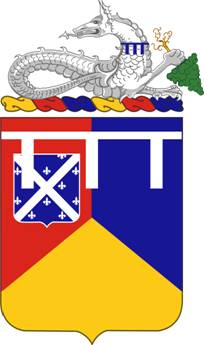
The 66th Armor Regiment is the oldest armored unit in the United States Army, tracing its lineage to the 301st Tank Battalion which served with distinction soon after it was formed in the First World War; the 301st trained at Camp Meade, Maryland, where then Cpt. Dwight D. Eisenhower was an instructor. It has often been rumored that the 301st, the parent unit of the 66th, was first commanded by Col. George S. Patton, but this appears not to have been the case; while Patton was the first officer assigned to the Tank Corps, and while the 301st Tank Battalion was the first unit formed, Patton went nearly immediately to France to train Americans attached to Allied commands. The 301st was the only American heavy tank battalion to have seen action in the war. After the war, the 301st transitioned in the Regular Army to become the 66th Infantry Regiment by way of the 16th Tank Battalion.
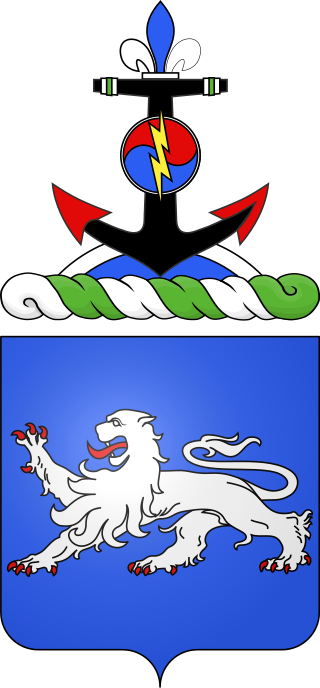
The 68th Armor Regiment is an armored regiment of the United States Army. It was first activated in 1933 in the Regular Army as the 68th Infantry Regiment.
The 304th Infantry Regiment currently consists of two battalions in the United States Army Reserve. In the current organizational plan of the U.S. Army, regimental designation is used only in historical tradition; there is no regimental commander, staff or headquarters. The 1st Battalion, 304th Regiment is headquartered in Londonderry, New Hampshire, and the 3rd Battalion, 304th Regiment is headquartered in Saco, Maine.

The Tank Corps of the American Expeditionary Forces was the mechanized unit that engaged in tank warfare for the American Expeditionary Forces (AEF) on the Western Front during World War I.

The 301st Heavy Tank Battalion of the American Expeditionary Forces (AEF) was a Heavy Tank unit during World War I. Of the eight heavy battalions raised, only the 301st saw combat. The 301st was reorganized post-war into the 66th Infantry Regiment, later to become the 66th Armor Regiment, the oldest armored regiment in the United States Army.
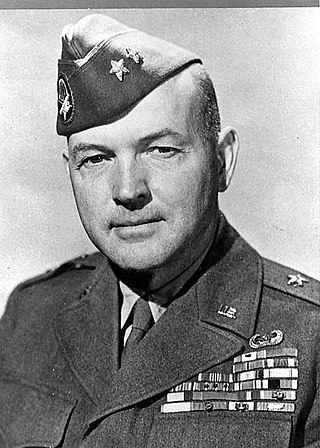
Lieutenant General Floyd Lavinius Parks was a United States Army officer who served with distinction during World War II. During the war, he was chief of staff of the US Army Ground Forces and the First Allied Airborne Army. As such, he participated in Operation Market Garden that directed air drops into the Netherlands behind the German lines which were preventing Allied forces from crossing the Rhine river. He commanded the US First Airborne Army in 1945 on his promotion to major general. After the war, Parks commanded the US Sector in Berlin before going to Washington, D.C., to become the chief of the Public Information Division for the Army. Later, he commanded American forces in the United States Army Pacific in 1949. After service in Hawaii, he became chief of the Information Department, whereafter he was known as the "father of modern Army public affairs." He received a promotion to lieutenant general in 1953 and thereafter served as commanding general of the Second Army until his retirement in 1956.
The 67th Armored Regiment is an armored regiment in the United States Army. The regiment was first formed in 1929 in the Regular Army as the 2nd Tank Regiment (Heavy) and redesignated as the 67th Infantry Regiment (Medium Tanks) in 1932. It first became the 67th Armor in 1940. The regiment participated in World War I, World War II, Desert Storm/Desert Shield, Operation Iraqi Freedom, Operation Enduring Freedom, Operation Spartan Shield, Operation Inherent Resolve, Operation Resolute Support, and Operation Freedom's Sentinel.

Camp Colt was a military installation near Gettysburg, Pennsylvania used for Tank Corps recruit training prior to deployment in World War I. The camp used the Gettysburg Battlefield site of the previous Great Reunion of 1913 and the preceding 1917 World War I recruit training camp for U.S. troops along the Round Top Branch.

Samuel Dickerson Rockenbach was an American Brigadier General and father of the United States Tank Corps.

The 1938 Gettysburg reunion was an encampment of American Civil War veterans on the Gettysburg Battlefield for the 75th anniversary of the Battle of Gettysburg. The gathering included approximately 25 veterans of the battle with a further 1,359 Federal and 486 Confederate attendees out of the 8,000 living veterans of the war. The veterans averaged 94 years of age. Transportation, quarters, and subsistence was federally funded for each veteran and their accompanying attendant. If an attendant was needed it was provided. President Franklin D. Roosevelt's July 3 reunion address preceded the unveiling of the Eternal Light Peace Memorial; a newsreel with part of the address was included in the Westinghouse Time Capsule for the 1939 New York World's Fair.
The Experimental Motorized Forces were United States Army units formed to use post-World War I military transportation tactics.
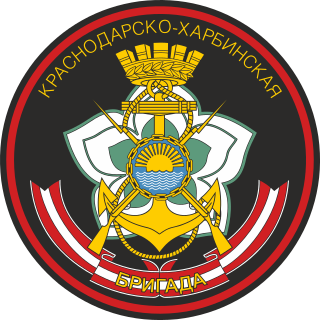
The 40th Independent Krasnodarsko-Kharbinsky Twice Red Banner Naval Infantry Brigade is a brigade of the Russian Naval Infantry. It is based in Petropavlovsk-Kamchatskiy in the Russian Far East and has the Military Unit Number (v/ch) 10103. It is part of the North-East Group of Troops and Forces, a joint command directed by the headquarters of the Navy's Kamchatka Flotilla.
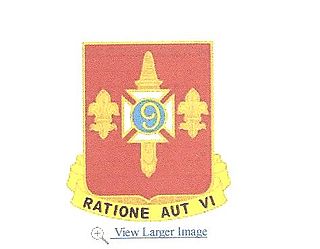
The 244th Air Defense Artillery Regiment is an air defense artillery regiment of the United States Army first formed on June 24, 1799 as the 6th Regiment of Infantry (NYNG).















